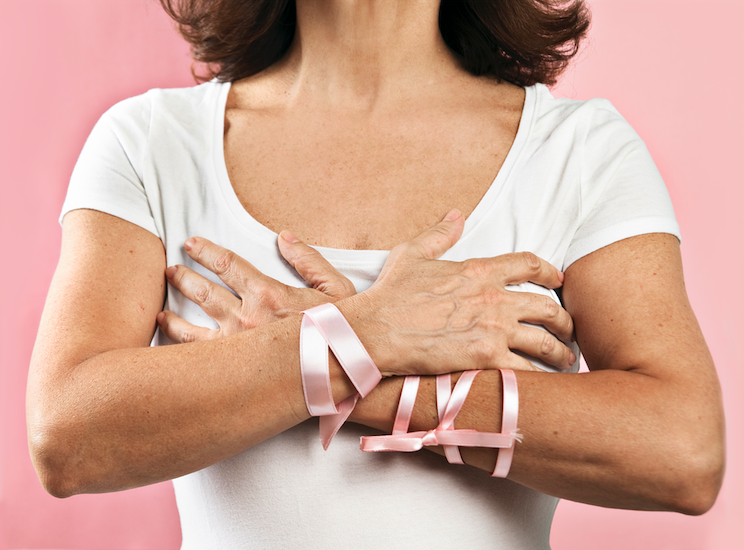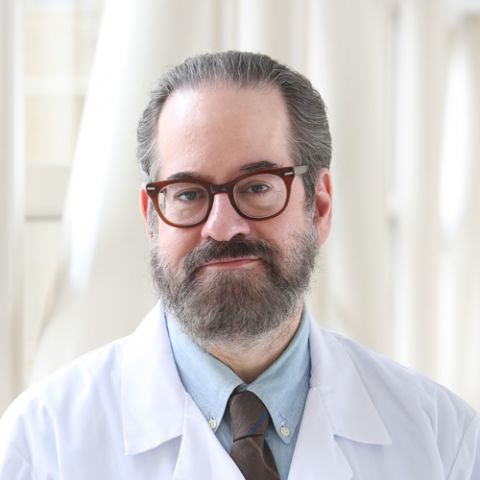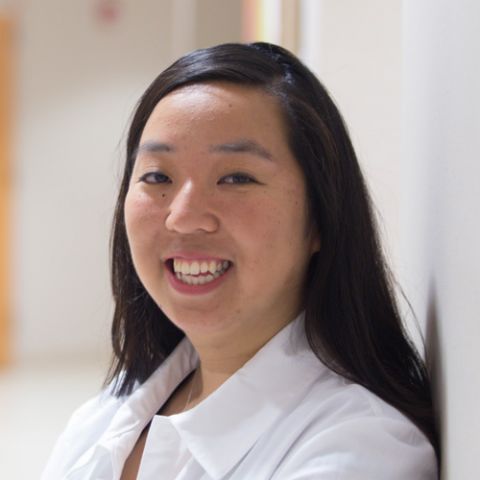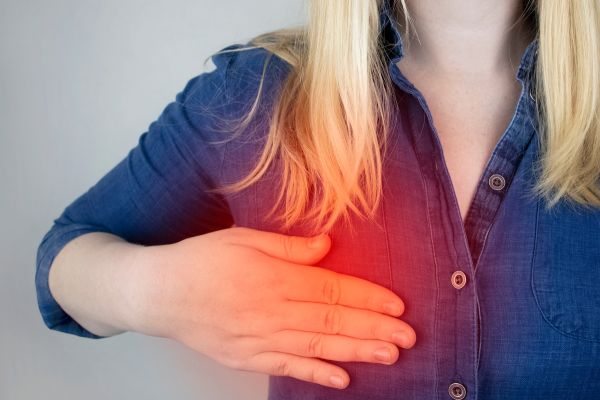During the course of breast cancer treatment, a woman may decide, after discussion with her doctors, to have both of her breasts removed.
She might choose to have a double mastectomy in the hope that it will reduce the risk of breast cancer recurring in the remaining tissue or a new cancer developing in the opposite, unaffected breast.
A woman who has had breast cancer does not inherently or automatically face an increased risk of being diagnosed with another type of cancer, says Ellis Levine, MD, Chief of Breast Medicine at Roswell Park Comprehensive Cancer Center.
“Unless they have an underlying hereditary genetic mutation, I do not consider them at exquisite risk to develop another type of cancer,” he says. “The cancer that is most often genetically linked to breast cancer is ovarian,” due to mutations in the BRCA 1 or BRCA 2 genes.
When mastectomies are performed, surgeons will remove as much of the cancerous tissue as possible. If a woman, in consultation with her doctors, decides to have a skin-sparing or nipple-sparing mastectomy, a small amount of healthy breast tissue may be left behind on the skin to allow for reconstruction of her breasts.
Even if the full breast is removed, surgeons will not have removed 100% of the breast cells, explains Jessica Young, MD, a breast surgeon at Roswell Park. The risk of cancer recurring is lower if the whole breast is removed, but it is not zero percent.
More breast tissue is obviously left following a lumpectomy than a mastectomy, but the risk of cancer recurring after either surgery is nearly equally low. Why is that? Because radiation to the remaining breast tissue after a lumpectomy, as well as the beneficial effect of any systemic therapies—such as hormonal therapy or chemotherapy—on that breast tissue, helps to substantially decrease the risk of recurrence in the breast.
Should cancer return following a double mastectomy, it would most likely not appear along the chest wall but would more likely develop in distant parts of the body, such as the lung, liver, bones or, less commonly, the brain.
Breast Cancer Treatment
In addition to mastectomy and lumpectomy, read more about the different ways to treat breast cancer.
Learn MoreWhat symptoms is breast cancer likely to cause if it does return? “Breast cancer can go anywhere and can cause many types of symptoms,” Dr. Levine says. As patients go through regular post-surgery follow-ups and routine exams with their doctors, an enlarged lymph node might be found or there could be an abnormality in their bloodwork that could indicate the cancer has recurred. Other indications could be nodules on the skin that represent a cancerous tumor or “an ache or pain that was not trauma-related or exercise-related but will not go away,” he adds.
It is possible breast cancer could develop in the chest wall adjacent to where the cancer was originally found and later removed, but the risk is low, Dr. Young says.
“The cancer could return in the lymphatics of the skin even if the breast is removed, but it’s more likely to recur outside the chest wall,” Dr. Levine says.




